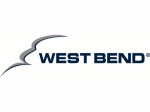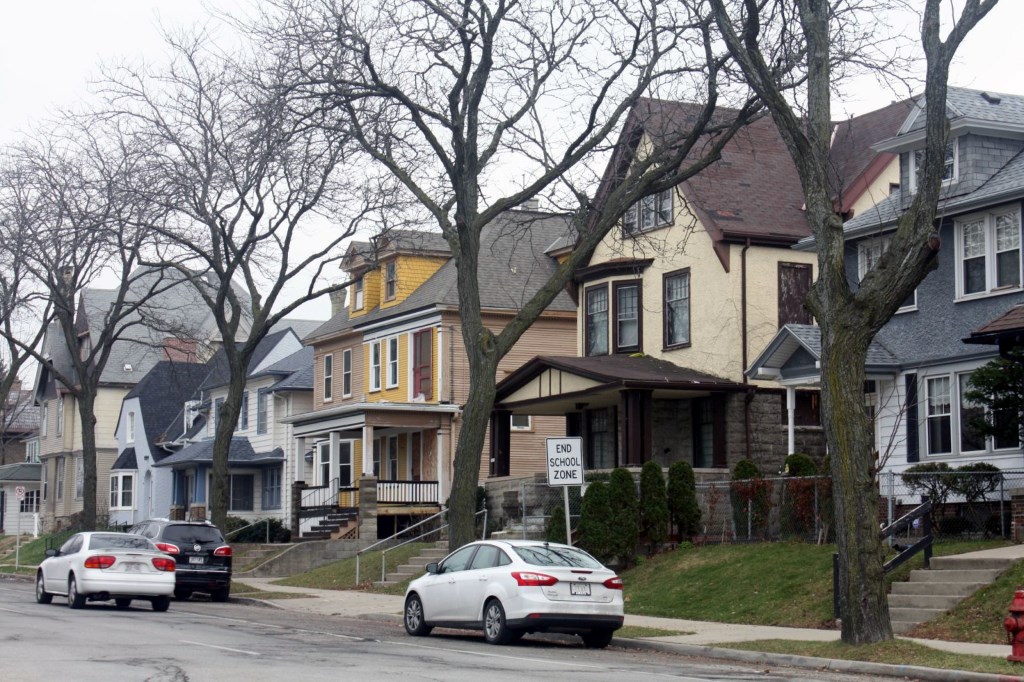Amid High Inflation, Make Sure You Have Enough Insurance
Repair and replacement costs for homes and autos are rising. Are you fully covered?
Higher costs aren’t just a reality at the grocery store and gas pump these days. Repair and replacement costs for property owners — home or auto — have also been on the rise due in large part to supply and labor shortages.
While there are a number of different factors that can go into determining the rates of property/casualty insurance policies, inflated costs in the broader economy are impacting those with property claims, whether it’s related to a home or vehicle. Particularly when it comes to residential properties, it’s important to review the property value and ensure the insurance coverage limit reflects the full replacement cost.
Supply and labor shortages
During the 2020 stay-at-home orders, many people used that time to do home improvement upgrades. This, along with notable catastrophes including the Iowa Derecho, hurricanes, wildfires, and other natural disasters in 2020 and 2021, caused a decrease in supply and an increase in demand resulting in material shortages that pushed prices significantly higher.
Additionally, with the loss of about 200,000 skilled trade workers in the construction industry, the cost of skilled labor has seen a 5.3% increase in combined labor rates, and overall construction costs have risen 7.2% nationwide during the past year. Midwestern states are experiencing larger increases than many other areas of the country, with Wisconsin at 9.6 percent, second only to the state of New York.
Due to pandemic-related shutdowns creating supply and worker shortages, labor and supply prices began to increase in 2020 and peaked in 2021 with rates still rising in 2022, bringing the highest inflation rates in the past 40 years.
Lumber costs have increased by a startling 15.6% between January 2021 and January 2022. Lumber shortages are also impacting other materials, driving the cost of interior trim and door costs up 26%, while drywall, roofing and paint are up 10%, increasing the total cost to work on a home.
Unfortunately, these rates aren’t expected to decrease any time soon.
What does this mean for homeowners insurance?
All these factors combined mean the cost to repair or rebuild will be inflated in the event of an insurance claim and will continue to increase as long as pandemic-era disruptions keep pushing up prices.
While homeowners can’t control inflation or natural disasters, they should not have to find themselves digging into their pockets to cover the shortfall. Now is the time to be proactive and schedule a consultation with an independent agent to review current policies to ensure properties are adequately protected.
At West Bend Mutual Insurance Company, policyholders can benefit from Home and Highway®. One feature of this policy is guaranteed replacement cost coverage, where West Bend will replace a home even if the cost to rebuild exceeds the current policy limit shown in the declarations, which is beneficial as the price to rebuild is increasing. The policy also provides inflation guard protection. This coverage automatically adjusts the limit of insurance for a home to account for the normal increase in the cost of building materials and labor over time.
Home inflation factors change annually even without the influence of COVID-19, and this means a home’s value will automatically increase every year with the inflation amount set by the insurance company. Unfortunately, the inflation guard protection may not always be adequate to keep up with rising costs, which only emphasizes the importance of having guaranteed replacement cost coverage.
Be proactive and visit thesilverlining.com to be connected with a West Bend independent agent.




















